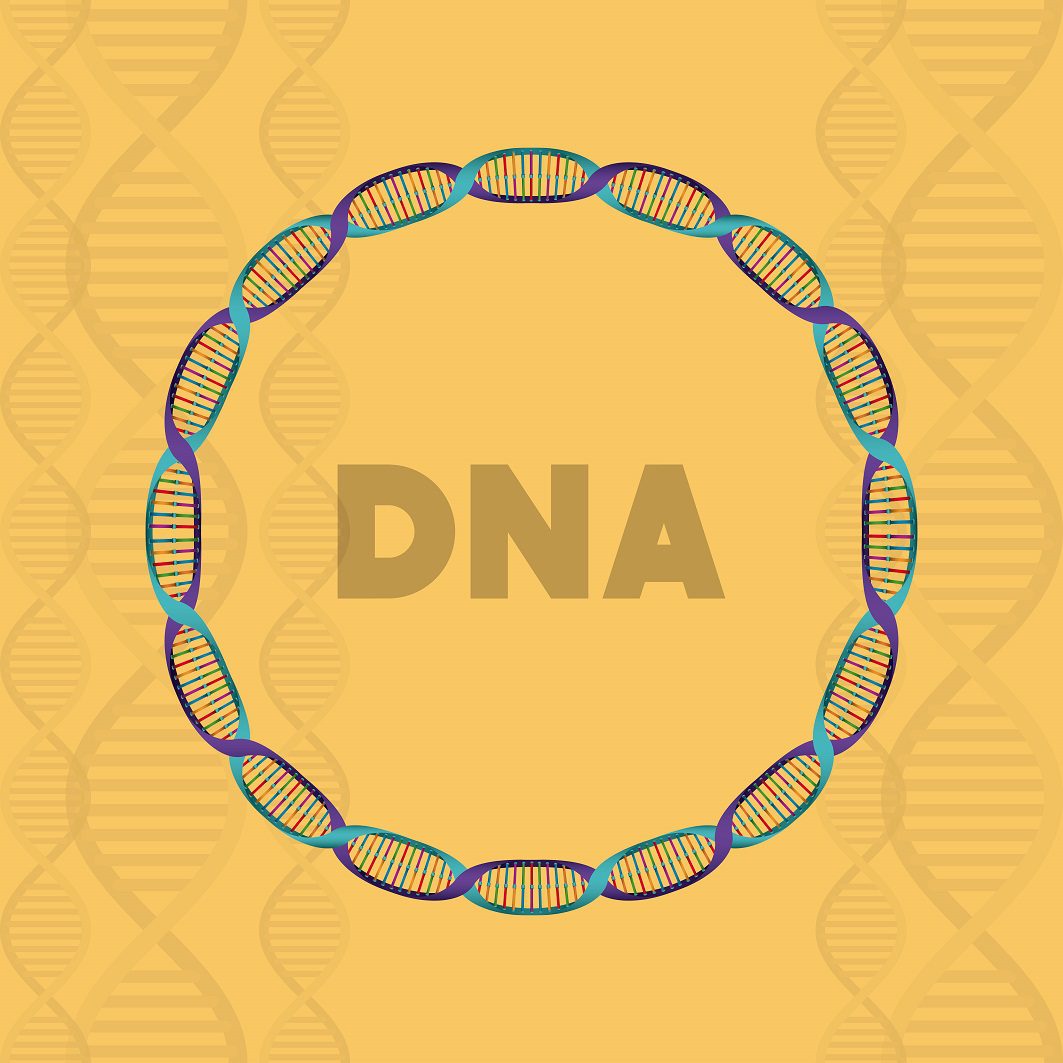Major advances in DNA sequencing technology have made it possible to do large-scale sequencing, up to and including whole genome sequencing, in an effort to identify a gene mutation that may provide a diagnosis for a patient with an abnormal phenotype. This strategy offers potential advantages over classic approaches in which genes are analyzed individually, often over a long period of time and at substantial expense. As a result, there is considerable interest in offering genomic sequencing-based tests on a clinical basis. This document outlines points to consider in the clinical application of genomic sequencing to the detection of germ-line mutations.
Next generation sequencing: This term encompasses a variety of technologies that permit rapid sequencing of large numbers of segments of DNA, up to and including entire genomes. Massively parallel sequencing (also called next generation sequencing), therefore, is not a test in itself or a specific sequencing technology. The term emphasizes a distinction from initial approaches that involved sequencing of one DNA strand at a time.


Whole genome sequencing (WGS): This term implies the determination of the sequence of most of the DNA content comprising the entire genome of an individual. In fact, however, there may be components of the genome that are not included in a present-day “whole genome sequence.”
Large-scale sequencing generates a variety of heterogeneous results. In many cases, the results will provide an explanation for a patient’s phenotype by identifying a mutation in a gene known to be associated with the patient’s clinical condition or in a gene that is highly likely to be causative given current knowledge. Such “diagnostic results” are qualitatively different from another class of results that will be regularly generated when employing these techniques: secondary findings (also called incidental or unanticipated findings). Examples include the finding of a previously unsuspected high risk of disease in the future or the discovery of an as yet clinically unrecognized disorder in an asymptomatic individual. This latter type of result is similar to the types of results generated when screening an asymptomatic individual.

- WGS should be considered in the clinical diagnostic assessment of a phenotypically affected individual when:
- The phenotype or family history data strongly implicate a genetic etiology, but the phenotype does not correspond with a specific disorder for which a genetic test targeting a specific gene is available on a clinical basis.
- A patient presents with a defined genetic disorder that demonstrates a high degree of genetic heterogeneity, making WGS analysis of multiple genes simultaneously a more practical approach.
- A patient presents with a likely genetic disorder but specific genetic tests available for that phenotype have failed to arrive at a diagnosis.
- A fetus with a likely genetic disorder in which specific genetic tests , including targeted sequencing tests, available for that phenotype have failed to arrive at a diagnosis.

